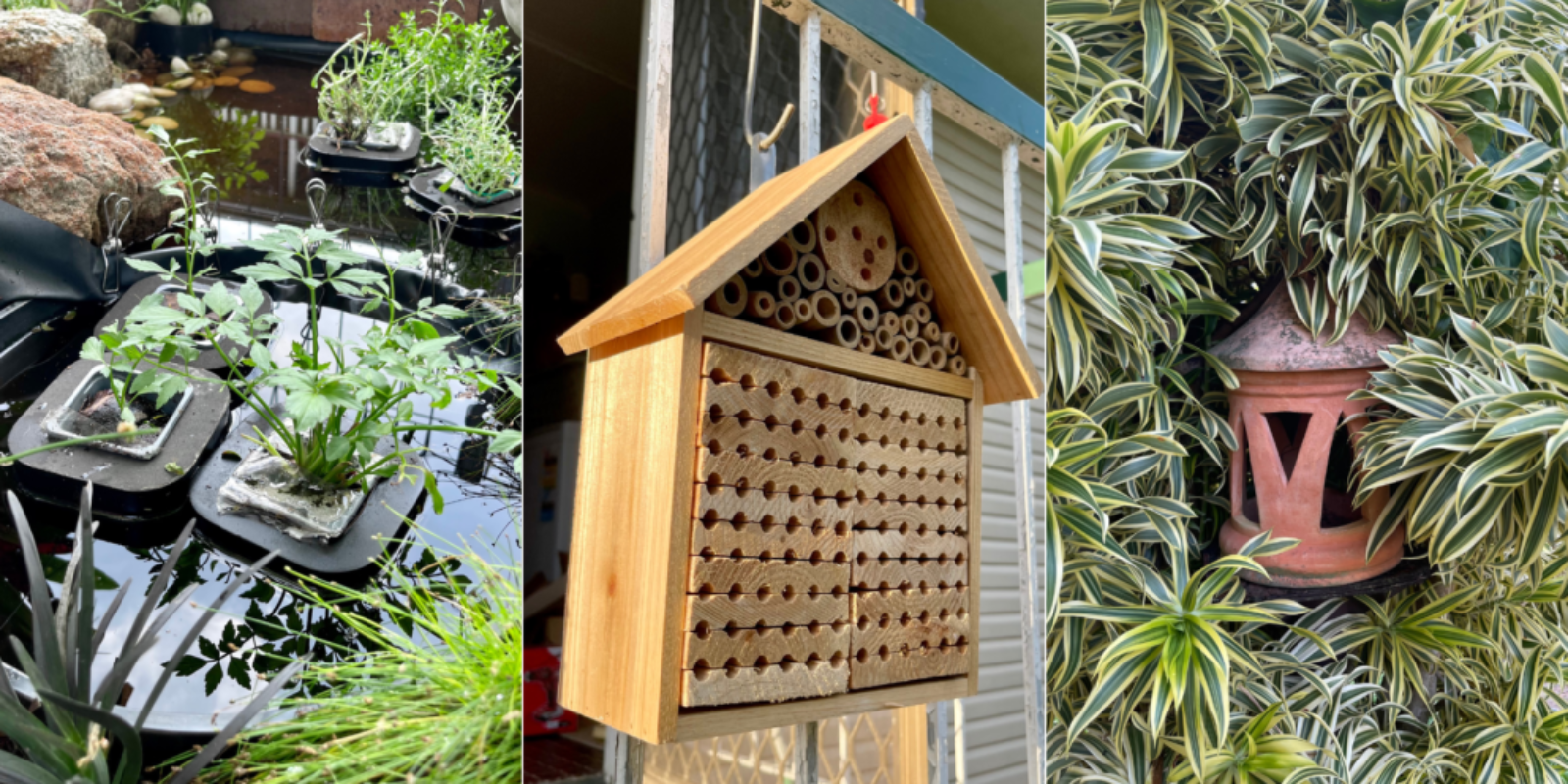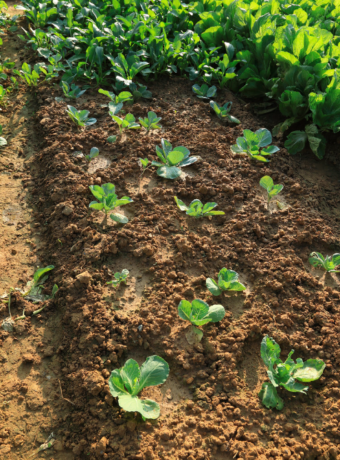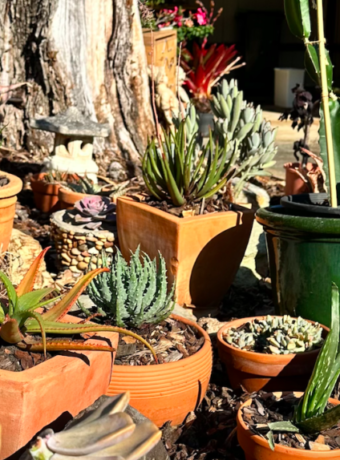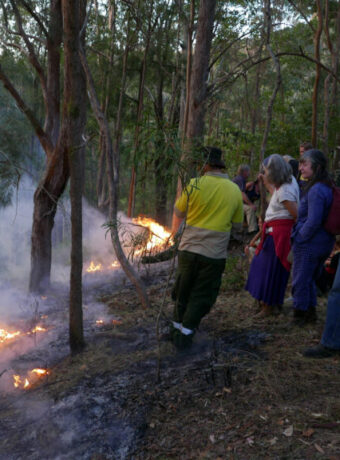Urban permaculture is becoming increasingly popular as people seek to create sustainable and self-sufficient communities in the heart of urban environments. Permaculture is a design approach that aims to mimic the natural ecosystem by using sustainable agriculture, renewable energy sources, and other environmentally friendly practices. As urban permaculturalists strive to create a regenerative environment, it is essential to include habitat for native wildlife in their gardens.
Native wildlife plays an important role in the natural ecosystem by helping to pollinate plants, control pests, and maintain the balance of nature. Unfortunately, many urban areas are not conducive to supporting native wildlife populations. The loss of natural habitats due to urbanisation has led to a significant decline in native wildlife populations. Therefore, urban permaculturalists have a responsibility to create spaces that can support native wildlife.
How to create a wildlife-friendly garden
By incorporating native plants and creating habitats, urban permaculturalists can attract a variety of wildlife to their gardens. For example, planting a diversity of flowering plants can attract pollinators such as bees, butterflies, and hummingbirds. Additionally, incorporating water features can attract a variety of aquatic animals such as frogs and dragonflies. Creating spaces for birds to nest and feed can also be beneficial, as they are important in controlling insect populations.
Native Bee Hotels
Including a native bee hotel in a suburban backyard can provide a habitat for solitary bees, which are essential pollinators for many flowering plants. To create a bee hotel, start by selecting a dry and sheltered location in the garden, preferably facing south or southeast. Gather natural materials such as bamboo stems, reeds, and drilled wood blocks, which can be cut to size and placed in a wooden frame or stacked in a bundle. The hotel should be placed at least 2 feet off the ground to prevent disturbance by pets or other animals. By providing a nesting site for native bees, the bee hotel can contribute to the pollination of nearby plants and help to support the local ecosystem. Additionally, observing the behaviour of native bees in the backyard can be a fascinating and educational experience for both children and adults alike.

Frog Pond
Creating a frog pond and bog habitat in a suburban backyard can be a rewarding and beneficial project for urban permaculturalists. To start, select a suitable location that receives partial sunlight and is away from areas with heavy foot traffic. Dig a shallow depression for the pond and line it with a pond liner or clay to prevent water loss. Fill the pond with water and add aquatic plants such as water lilies, duckweed, and cattails. Create a bog habitat adjacent to the pond by creating a raised bed with peat moss, sand, and gravel. Add bog plants such as pitcher plants, sundews, and ferns, which can help to filter the water and create a habitat for beneficial insects such as dragonflies. Finally, add some logs and rocks to the pond and bog habitat, which can provide basking areas for frogs and other amphibians. With time, the frog pond and bog habitat will attract native wildlife and create a thriving ecosystem in the suburban backyard.

Bird Boxes & Nests
Including bird and mammal boxes and shelters in a suburban backyard can provide important nesting and shelter sites for a variety of native wildlife species. To start, research the specific nesting requirements of the target species, and select an appropriate location for the box or shelter. Bird boxes can be hung from trees or mounted on poles, while mammal shelters can be placed on the ground or attached to a tree. Fill the box or shelter with natural materials such as straw or dry leaves, and avoid using treated wood or materials that could harm the animals. Providing nesting and shelter sites for native wildlife can help to increase biodiversity in the suburban backyard, and contribute to a healthier and more sustainable ecosystem. Additionally, observing the behaviour of native wildlife in the backyard can be an educational and enriching experience for both children and adults.

Benefits of including wildlife habitat in permaculture gardens
By creating habitats for native wildlife, urban permaculturalists can also help to improve the biodiversity of their local area. Biodiversity is important for maintaining the balance of nature, and providing habitats for native wildlife can help to create a more sustainable and resilient ecosystem. Additionally, by providing food and shelter for native wildlife, urban permaculturalists can help to support local ecosystems and contribute to the overall health of the environment.
Incorporating habitats for native wildlife in urban permaculture gardens also has numerous benefits for humans. By attracting beneficial insects such as bees and butterflies, permaculturalists can improve pollination of their crops, resulting in higher yields. Additionally, creating habitats for birds and other wildlife can provide natural pest control, reducing the need for harmful pesticides. Finally, providing spaces for native wildlife to thrive can help to create a more peaceful and natural environment, which can have numerous benefits for human mental health and wellbeing.



